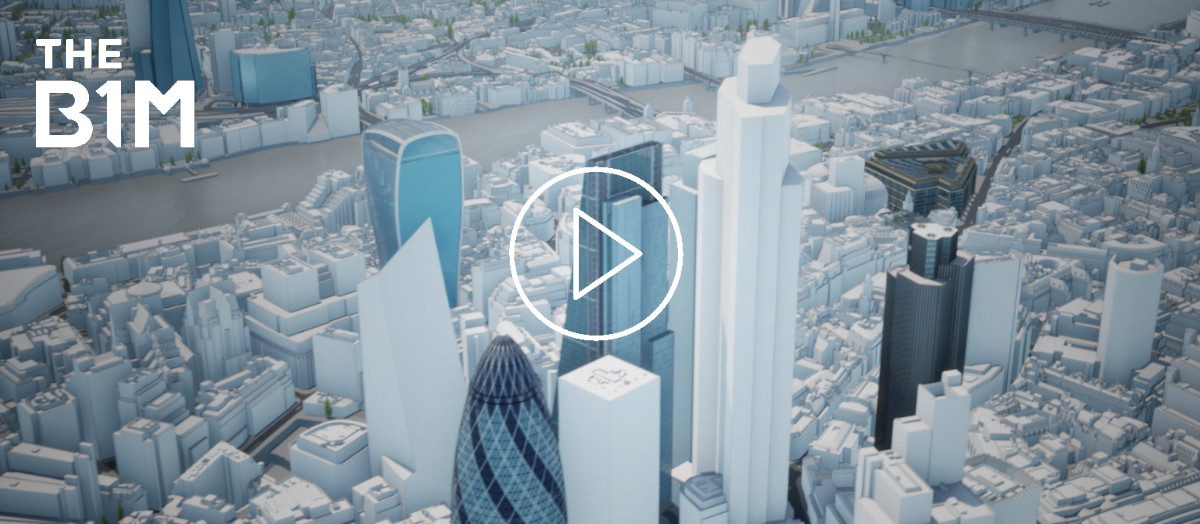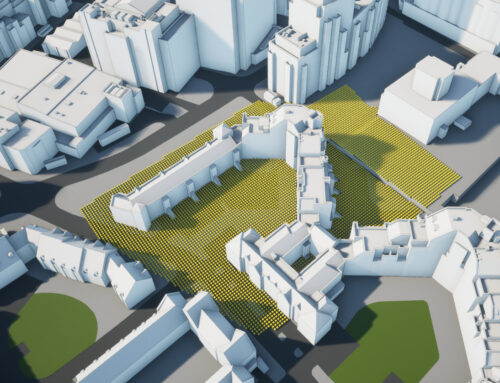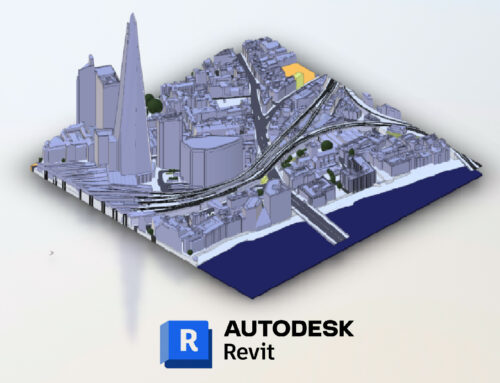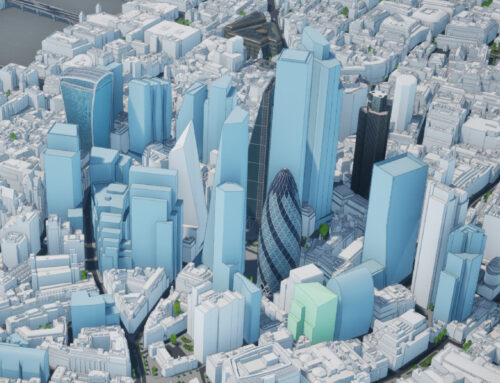As the urban population grows, the market for Digital Twins of cities is growing strong all over the world. AccuCities, a London-based 3D mapping agency specialising in 3D city models, has built a complete 3D model of London in the worlds-first game engine powered app designed especially for urban planning. The B1M team talk to Sandor Petroczi, AccuCities Director, about the latest Digital Twin of London, Plan.City.
What is Plan.City and what it’s for? Can you please briefly outline its main features and functions.
Plan.City, is AccuCities urban planning app running on windows computers, it combines our accurate and detailed 3D city models with publicly available open datasets. We use the power of a game engine to display but also to examine, evaluate and manipulate this data with a set of unique tools. These range from fairly simple measurement tools all the way to complex tools for mapping areas of potential visibility.
Users can use the Builder Tool to rapidly build a 3D structure in the environment or import unlimited variations of their proposed designs. They can accurately identify areas in the city which will be visually affected by the new development and check proposals against local regulations and planning restrictions such as viewing corridors, protected views or maximum height grids.
Thanks to our Future Skyline layer, users can simulate views from the proposed property once completed or even 10 years after its completion. Users can also import and display analysis results and create high quality renders, interactive presentations and even 3D mini-apps.
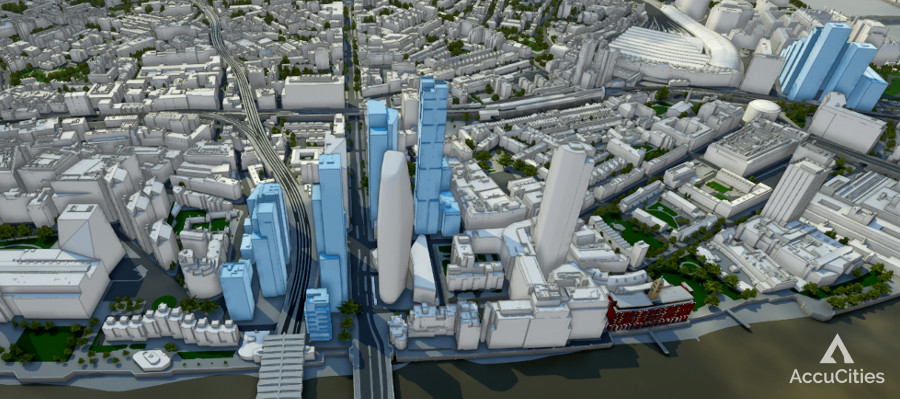
What are the reasons behind the development of this app?
AccuCities is first and foremost a 3D mapping agency. We needed a way for our subscribers – that is customers with access to our CAD models of entire cities – to display, manipulate and present these 3D city models. Our first app released 3 years ago was simply focused on displaying the city model, almost a byproduct with no name and very limited use. We soon realised that by overlaying 3rd party data and developing tools to exploit this city data we could offer our subscribers much more than just a way to display large 3D city models.
Plan.City, developed over the past 18 months as the natural evolution of our original app and is part of our subscription package.
Why do you believe there’s a real need from architects/planners?
It was our architectural and planning customers who requested this app and the majority of its tools and connected databases. Most of our existing subscribers already use Plan.City as one of their standard tools and can suggest new features as part of their package at no extra cost. Because we are fully independent and, as a mapping agency, effectively outside of the architecture and planning industry, our subscribers can confidently treat us as their own mapping and Plan.City development department.
Our current subscribers include Avison Young, MAKE Architect, Hobs 3D, Anstey Horne, EB7, KPF and Delva Patman Redler. Working with these world-class innovators give us the opportunity to develop tools that are in daily use on projects ranging from single story extensions to new landmark skyscrapers.
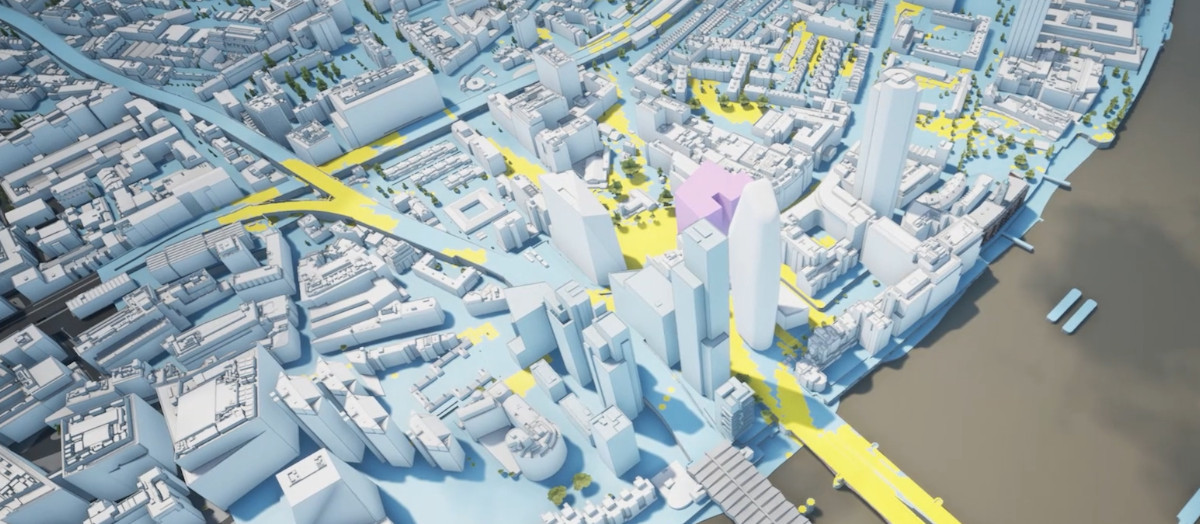
How Plan.City differs from what is already out there?
We give our customers the greatest possible freedom of use. They receive the front-end of the Plan.City app but also the fully editable Unreal Engine 4 project files. That means they can hit the ground running and use the app out of the box but they can also connect their own databases, create fully functioning 3D apps for their clients but also customise and even develop their own tools. And because they also have direct access to the 3D CAD files, they can use the models in their specialist software without having to change their regular way of working, they are not restricted to using just Plan.City.
How Unreal Engine made this project possible? What are the advantages of using this platform to create Plan.City?
Epic Games, the company behind Unreal Engine, have been traditionally incredibly supportive of innovators using their game engine for things other than making games. They are incredibly successful in penetrating new markets and today UE4 is routinely used for architectural visualizations and real estate marketing. We are – somehow accidentally – the trendsetters for the planning industry.
Plan.City is one of the first solutions out there that uses UE4 to display and manipulate real-world 3D city models for planning. Even though urban planning and especially urban planning in London is a very niche industry, Epic Games have been very supportive on the technology side but also in supporting us in marketing and showcasing this app to their clients and partners.
Can you please give us more details on the plans to expand this service into other cities and any other ideas to expand it?
We are constantly enlarging, upgrading and updating our London dataset – we have just delivered the first 20 square kilometers of our 2019 3D model update, making our 3D London model the most up-to-date model on the market. The next version of Plan.City London as well as brand new Plan.City Dublin and Plan.City Birmingham are currently under development and will be released in September 2020.
I can reveal that Plan.City 1.1 will offer a greater variety of visual styles, greater choice of import/export formats and even a 3D inventory, a library of objects that users can easily import and manipulate inside the app. We are also planning to allow customers to import their own 3D city models. This way Plan.City can be used by customers all over the world.
What the response from the industry has been like so far?
Plan.City has been developed to address the needs of our existing subscribers and so we knew that everything will be tested by many innovative and hard to impress customers. And we were far from confident as developing something this novel meant lots of grey areas, ranging from user interface to specific tool implementation. However, the response to the first version of the app has been overwhelmingly positive. Of course they made a long wish list of features they would like to see in the future and that list has been transformed into our development roadmap. But the clearest indicator of just how positive the industry reaction is is the fact that we have gained 3 new subscribers in the last 3 months.

